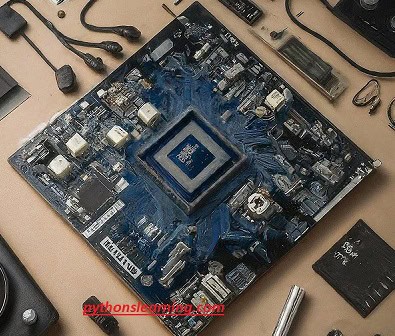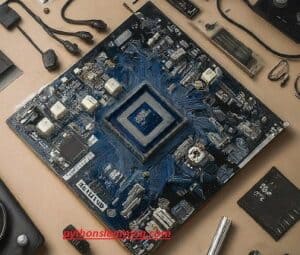Introduction
The Controller Area Network (CAN) is a robust serial communication protocol widely used in automotive applications to connect embedded systems that require real-time data exchange. Its efficient message prioritization and error detection mechanisms make it ideal for vehicle control systems where reliability is paramount.
Understanding CAN is crucial for anyone pursuing a career in automotive electronics or embedded network programming. This article equips you with comprehensive CAN interview questions and insightful answers to help you confidently navigate technical assessments.

Core CAN Concepts
- What is CAN and what are its key features? CAN is a message-based, multi-master communication protocol designed for distributed real-time control systems. It offers several key advantages:
- Scalability: Connects many devices (nodes) on a single bus.
- Real-time performance: Prioritizes messages based on importance for time-critical applications.
- Error detection and correction: Implements checksums and bit error detection for reliable data transmission.
- Broadcast nature: Messages are broadcasted to all nodes, each deciding if it’s relevant.
- Cost-effective: Requires simpler cabling compared to point-to-point networks.
- Explain the CAN bus architecture. CAN utilizes a single twisted-pair bus where all connected nodes share the same data stream. Nodes listen for messages and only act on those addressed to them. Terminators at each end of the bus ensure proper signal integrity.
- Describe the CAN message format. CAN messages have a specific structure:
- Identifier (ID): A unique 11-bit or 29-bit field prioritizing messages (lower ID = higher priority).
- Control bits: Signal message type (standard or extended), remote transmission request, and error detection flags.
- Data bytes (up to 8): Carry the actual application data.
- CRC (Cyclic Redundancy Check): Ensures data integrity.
- What are the different types of CAN messages?
- Standard ID (11-bit): Commonly used for basic data transmission.
- Extended ID (29-bit): Provides more message IDs for complex systems.
- Remote Transmission Request: A node requests data from another node.
- How does CAN handle arbitration? When multiple nodes try to transmit simultaneously, arbitration occurs. The node with the lower message ID wins and transmits successfully, while others back off and retry later.
Advanced CAN Topics
- Explain CAN bit timing and its importance. CAN bit timing parameters (baud rate, sample points, synchronization segments) determine how data is transmitted and received on the bus. Matching timing across nodes is critical for reliable communication.
- Describe the different CAN error detection mechanisms. CAN employs several methods to detect and potentially correct errors:
- Cyclic Redundancy Check (CRC): Ensures data integrity during transmission.
- Bit error detection: Identifies corrupted messages during arbitration.
- Acknowledgment (ACK) bit: Indicates successful message reception.
- What are CAN frames and how do they relate to error handling? CAN frames are the basic units of data transfer on the bus. Different frame types indicate error conditions or message types:
- Data frame: Carries application data.
- Remote frame: Requests data from another node.
- Error frame: Signals a detected error.
- How can CAN be used for diagnostics? CAN messages can be used to transmit error codes, sensor readings, and other diagnostic data. This allows for real-time monitoring and troubleshooting of vehicle systems.
Conclusion
By mastering these key CAN concepts, you’ll be well-prepared to answer CAN-related interview questions confidently. This knowledge is valuable for anyone pursuing a career in automotive engineering, embedded systems development, or network programming.
Additional Tips for Interview Success
- Demonstrate enthusiasm and a willingness to learn.
- Highlight your practical experience with CAN tools (if applicable).
- Be prepared to discuss specific CAN applications in the automotive domain.
- Present yourself professionally and articulate your communication skills.

